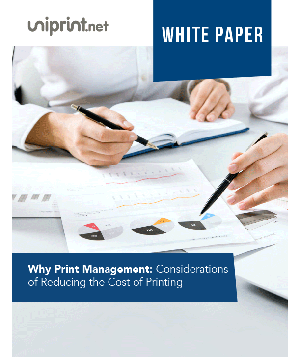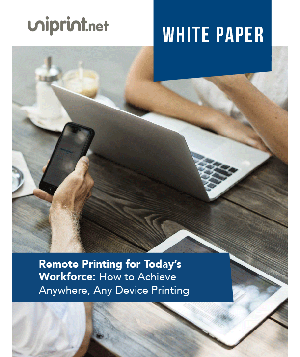Paper & printing as a source for communication
Continued innovations in technology, with social media becoming a more powerful tool than ever, have given billions of people the ability to connect seamlessly, often with little effort. Convenience and efficiency are deemed to be topline must-haves, as we have handy cloud services that digitize our essential materials like images and documents.
Thus, common tasks like writing letters or printing receipts are now seen as passé as they can be streamlined or, in some cases, avoided altogether by utilizing email, apps, and/or direct electronic messages.
As the original device of modern communication, paper has long held its position as a lifeline for several industries, including publishing, healthcare, and insurance. Since the beginning of what is known as the ‘Information Age’, paper has been viewed as a canvas to document ideas, record relevant material, and deliver messages to the prospective reader.
Paper serves as a conduit for information to be shared easily among several parties. Because of this, until there is one common denominator that everyone can recognize, paper and the need to utilize it will remain evergreen for people of all ages.
Working in tandem
As one of the standard ways of utilizing paper, printing is also seen as a surefire way to quickly and succinctly relay a set of messages into a clear, readable format. But with several vendors proudly touting their robust ‘paperless’ capabilities in an effort to curb waste and conserve ink, it begs the question—in the long run, where will paper end up for our communication needs?
“Today, one of the growing general notions of technology is that electronic sources of communication have eclipsed functions that were previously considered the norm. However, in the workforce, printing is a central, vital function”
Outside of the workplace, does it still make sense to consider printing and paper dead when it was one of the first sources of communication? Will it serve us or become obsolete in our electronically-dependent world? No. In truth, paper, in tandem with printing, will always be around in some capacity.
Today, one of the growing general notions of technology is that electronic sources of communication have eclipsed functions that were previously considered the norm. However, in the workforce, printing is a central, vital function. But what advances will industries have to do to maintain innovation and relevancy in an increasingly digital world?
Flexibility to support mobile and BYOD work styles, compatibility with cloud documents, and the bandwidth to securely support multiple print devices in a single environment are a few features that can help the printing industry evolving with technological curve while still providing some of its classic characteristics.
According to data from Sageworks, commercial printers have seen an incremental growth and improved profitability over the past several years, a direct contrast to the growing public perception that printing is dead. This means that while technological aspects may have expanded to allow for convenience, the behavioral habits and physical needs have remained the same and will likely continue.
It is almost an automatic notion that people will immediately recognize paper to write, print, and read off of. With this, there will always be a distinct, tangible need for a hard, physical iterations of documents—keeping the need for paper alive and well for communication.
















